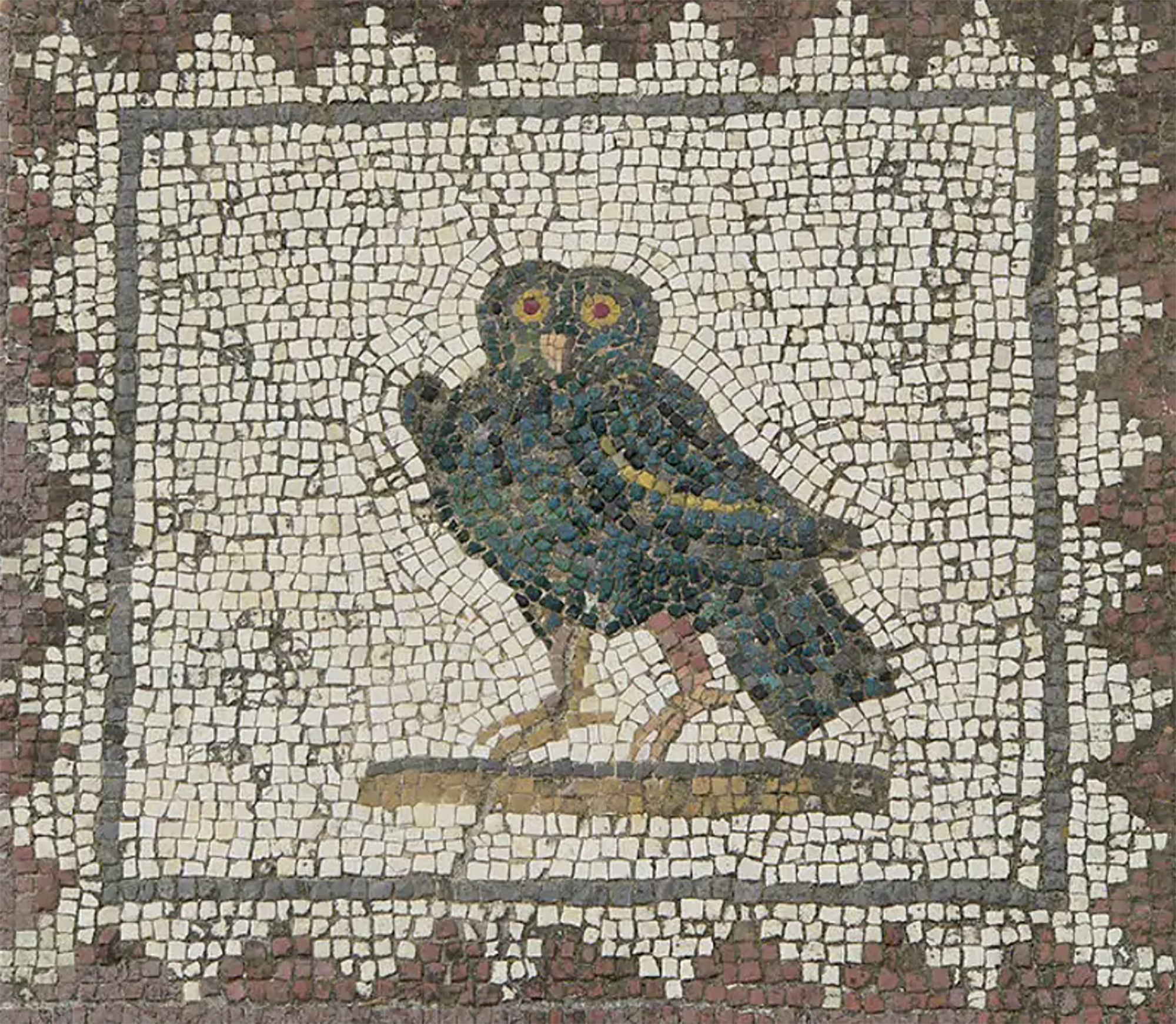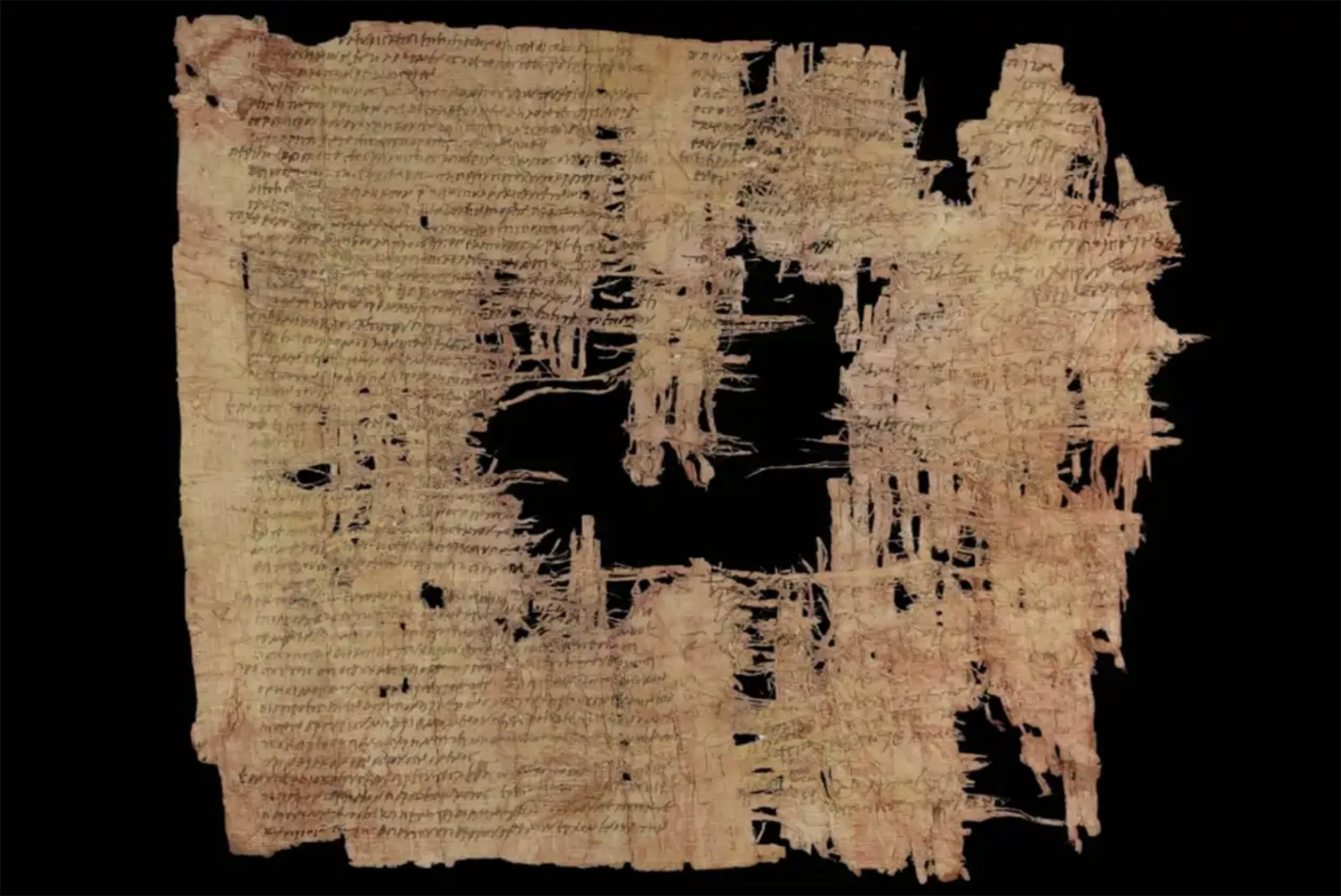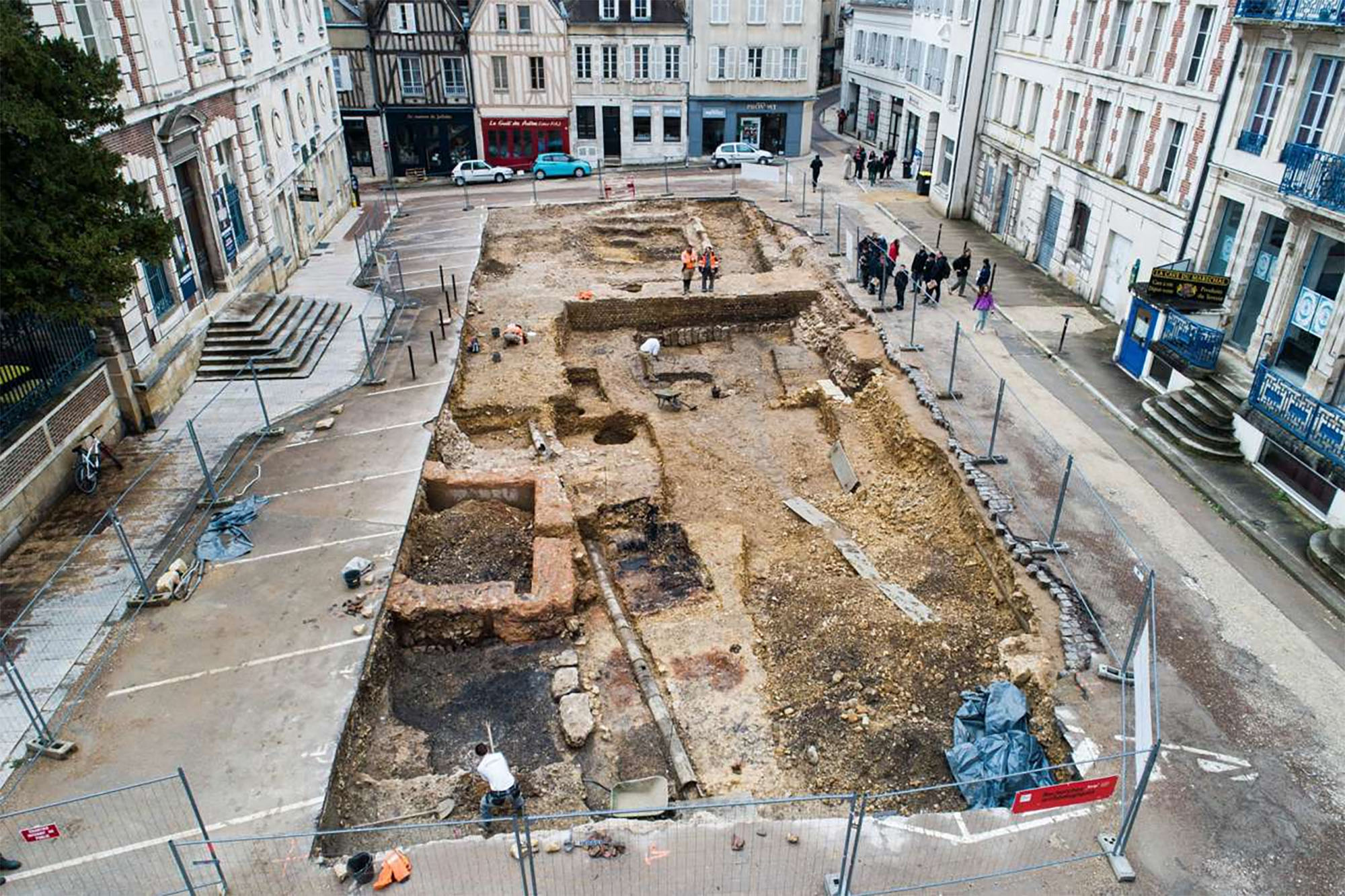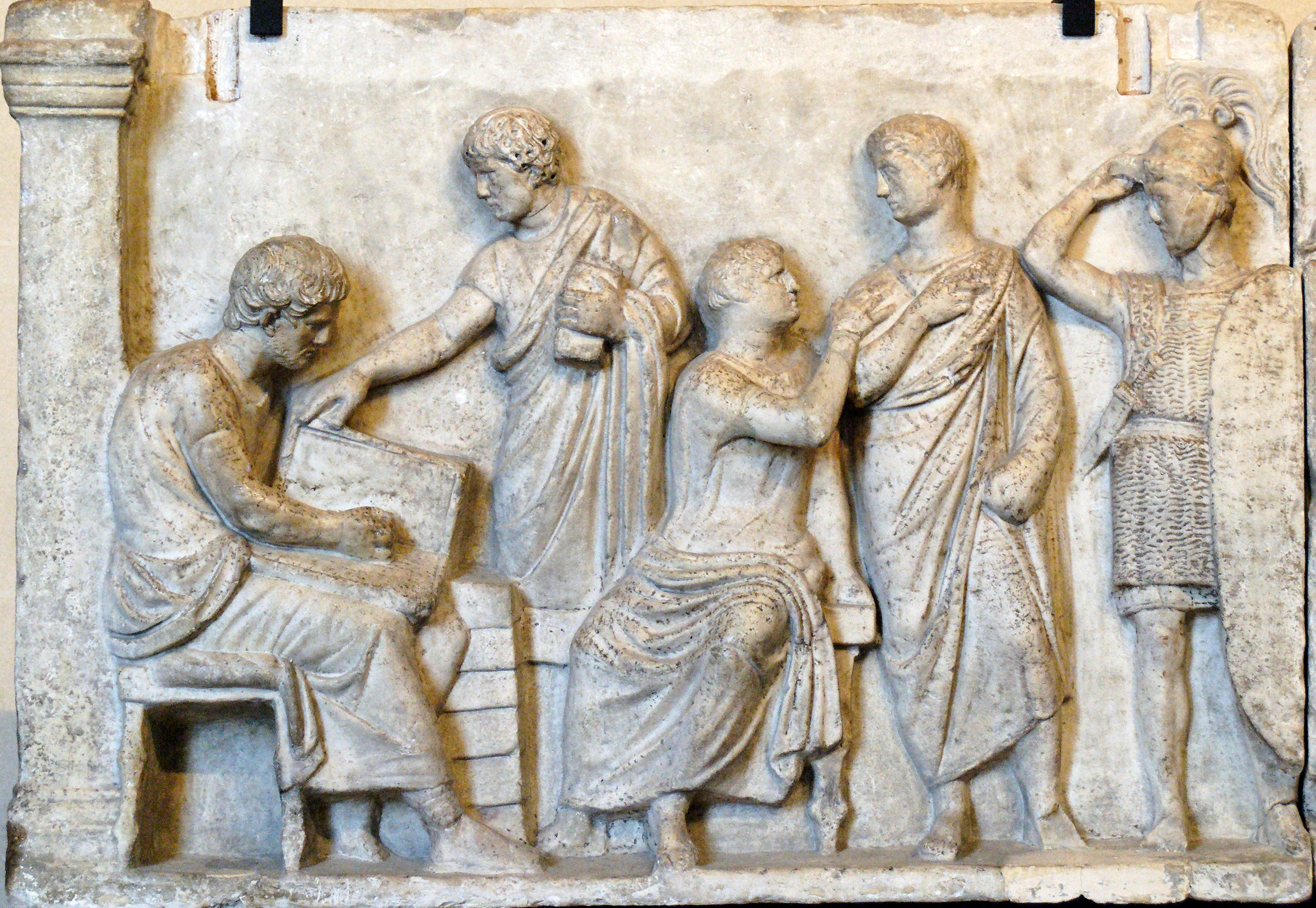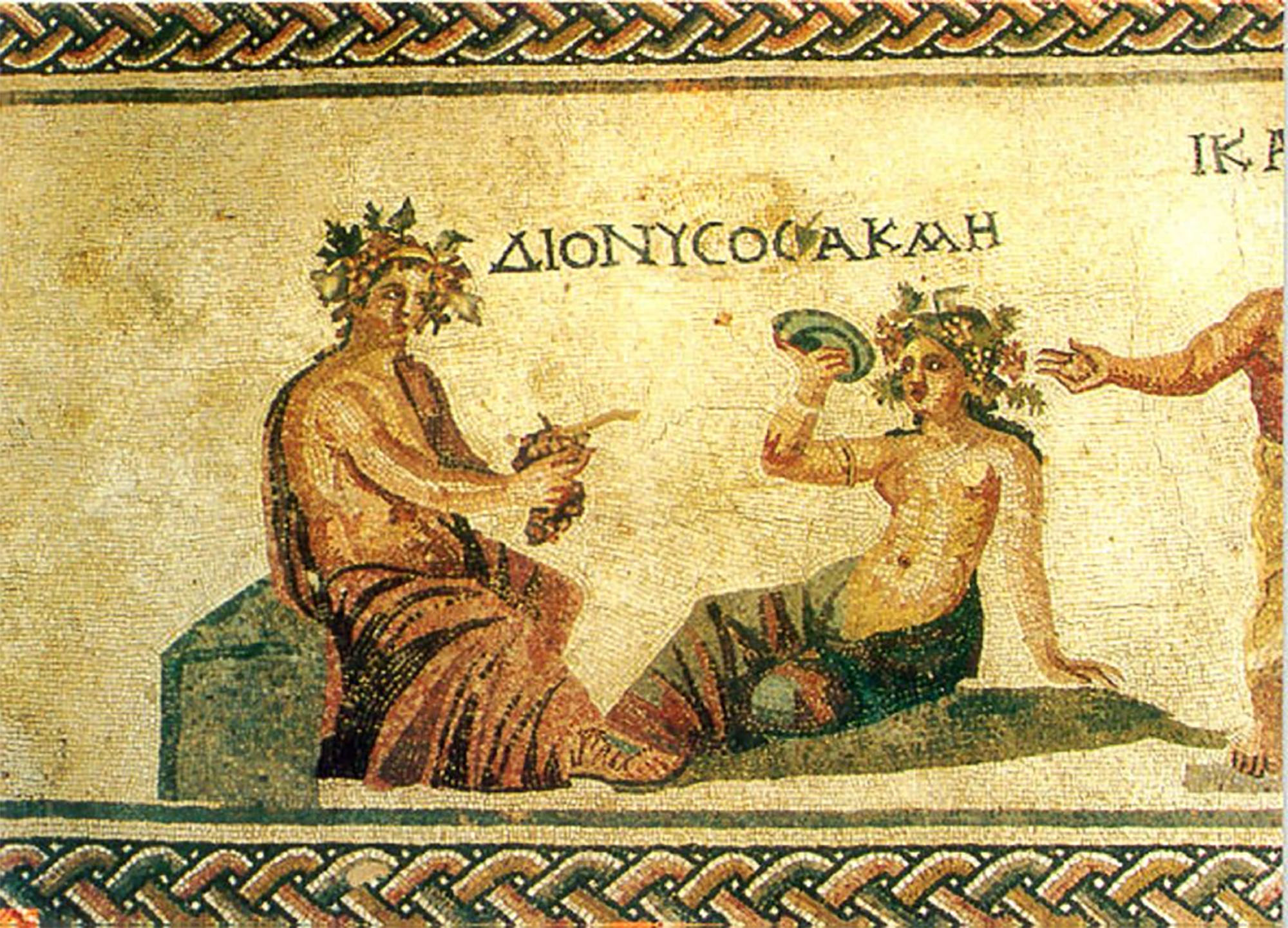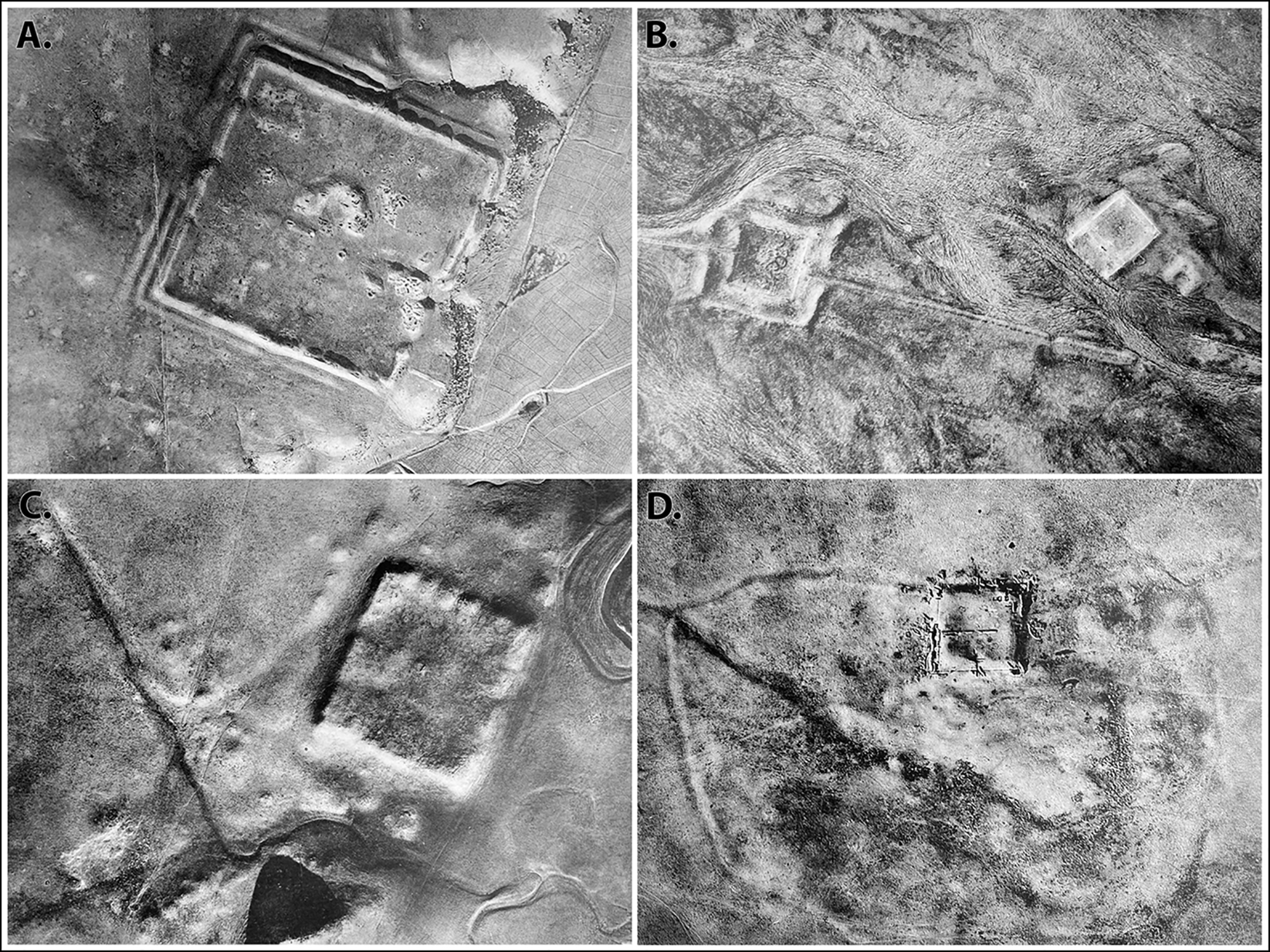Long war between Huesca and Denmark
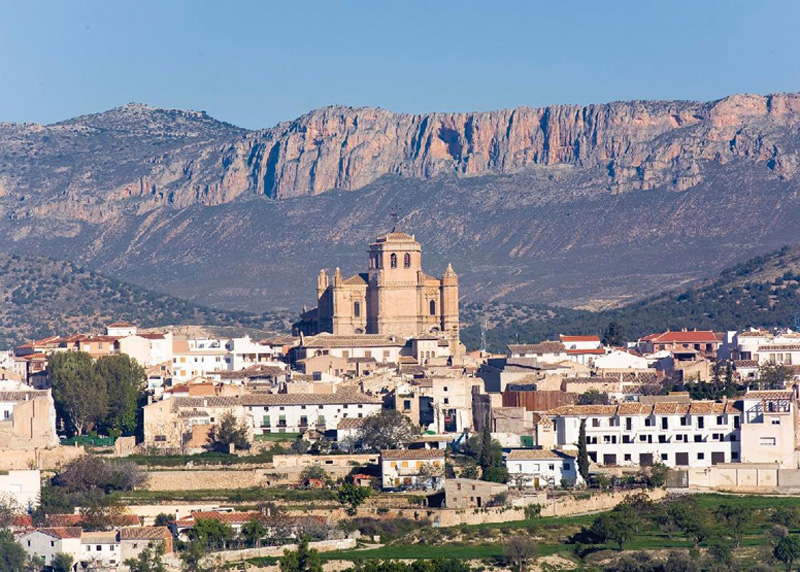
In 1809 a military mail from the Spanish court arrived in Huesca (Granada) with the Real Orden. On 11 December, the people of Denmark declared war on the Danes for being allies of Napoleon. But for years there were no Danish soldiers in the area and in 1814, when the French Army left the Iberian Peninsula, the Huescartans forgot the matter.
In 1981, a chronicler of Huescar discovered that the people were still at war with Denmark officially. In July of the same year, Wandel-Petersen's ambassador and the city's mayor signed peace after 172 years.
Poloniar ikerlari talde batek Sevillako Italica aztarnategiko Txorien Etxea aztertu du, eta eraikinaren zoruko mosaikoak erromatar garaiko hegazti-bilduma xeheena dela ondorioztatu du.
Txorien etxean 33 hegazti daude mosaikoetan xehetasun handiz irudikatuta. Beste... [+]
Judea, 2nd century AD. In the turbulent atmosphere of the Roman province, a trial was held against Gaddaliah and Saul, accused of fraud and tax evasion. The trial was reported on a 133-line paper in Greek (pictured). Thinking that it was a Nabataean document, the papyrus was... [+]
A group of interdisciplinary researchers from the Free University of Berlin and the Zuse Institute have developed a complex mathematical model to better understand how Romanization spread in North Africa.
According to a study published in the journal Plos One, the model has... [+]
Although it was thought that in most of the cities of the Roman Empire there were jails, little remains have been found of the prisons of the time in the fields.
Recently, however, the archaeologist at the University of Copenhagen, Matthew Larsen, has identified the Roman... [+]
Rome, towards the year 100 d. C. The poet Juvenal received the X. In Satira: “For a long time, particularly since we have to sell the vote, this people has lost interest in politics. Before, the head, the lots, the legions and, after all, they gave it all, but now they let it... [+]
This winter the archaeologists of the INRAP (National Institute of Preventive Archaeological Research) have found a special necropolis in the historic centre of Auxerre (French State), a Roman cemetery for newborn babies or stillbirths. - Oh, good! The necropolis used between... [+]
Rome, a.C. 443. Censors were elected for the first time. Two centuries later it would be the most important magistrature of the Republic. Every five years, they chose two censors among consular senators.
It was a position of great responsibility: they were primarily responsible... [+]
It has been considered that the wine drank by the ancient Romans was a poorly made wine, without body and with an unpleasant taste. But the work that researchers at the universities of Ghent and Warsaw have published in Antiquity has provoked the withdrawal of this belief.
The... [+]
To analyse the political situation in today ' s world we often do not use the history of the Roman era. I guess it will be because it seems too old and too far away. Moreover, among such different things, we find it difficult to empathize with the history there... [+]











